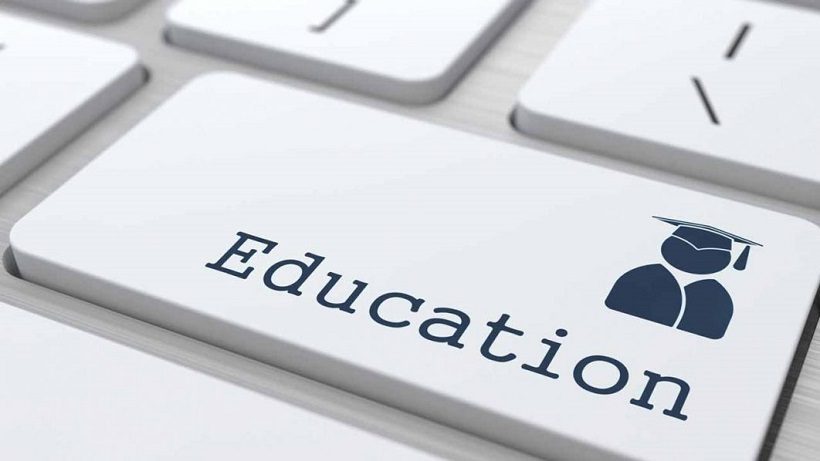Improper Curriculum Implementation And Lack Of eLearning Materials In Secondary Schools
Introduction: Garrison (2011) defines eLearning as “electronically mediated asynchronous and synchronous communication for constructing and confirming knowledge”. eLearning can be considered a natural evolution of distance learning, which has always taken advantage of the latest tools to emerge in the context of technology for structuring education (Sangra et al, 2012). The school and classroom climate of public schools do not encourage the proper and conducive environment for this implementation of eLearning materials to schools. Before we can celebrate the introduction of eLearning at schools in the 21th century, here are my thoughts on the lack of eLearning materials in secondary schools. My emphasis is on the less privileged children.
Problems Facing The Lack Of eLearning Materials In Schools
The appropriate funds for teaching and learning materials are not supplied; the schools are not considered, but ignored. The children will not have the opportunity to benefit from the advantage of eLearning concerning their future. Some of the challenges facing lack of eLearning materials in schools are below:
- Inadequate technology infrastructure.
- Budgets constraints.
- Inadequate internet connection.
- Consideration of eLearning policies.
- Training skills are not provided to teaching staff.
- Lack of eLearning curriculum developers.
I have seen different schools that have benefited so much since the introduction of eLearning until now, but my everyday concern are the other children that are not benefiting. What do we do to help? If these children are our children, how are we going to feel?
“The Government have stated that the benefit of all citizens, the country’s educational goals shall be clearly set out in terms of their relevance to the needs of the individual and those of the society in consonance with the realities of our environment and the modern world” – NPE, 2004
The above government statement with regards to the educational system is not adequately meant to implement the availability of eLearning materials for citizens to benefit. The school curriculum for teaching and learning becomes very frustrating.
Implementation And Benefits
eLearning cannot be implemented at schools per curriculum if there is no availability of eLearning materials and training of the respective people. Most of the African schools/institutions do not have the simplest Information and Communication Technology (ICT) such as computers, etc. Most schools (i.e. many of the schools are private) have adopted eLearning as a new approach to teaching and learning. However, the eLearning implementation challenges faced by schools have constantly impact negatively on its successful utilization. eLearning comes with some challenges apart from the non-availability of its materials, such as ICT equipment, but the educational sector should make their findings for effective implementation.
In the 21th century, eLearning has become important and the driving force; and not only in the education department. This encourage students to take responsibility for their own learning to build self-confidence. It also motivates the teachers to enjoy what they are paid to do and acquire more knowledge.
According to the Economic Commission for Africa, the ability to access and use information is no longer a luxury, but a necessity for development. Unfortunately, many developing counties, especially in Africa, are still low in ICT application and use (Aduwa-Ogiegbean and Iyamu, 2005).
The above statement is perfectly true to what is happening in several school without eLearning materials or any form of information computer technology. This will somehow affect the standard of education of the children with regards to use ICT in the modern world.
Conclusion
The introduction of eLearning in schools hae an important and positive impact on teaching and learning. The role of eLearning can play an extensive part in education if properly adopted. Problems such as poor policy, curriculum, project implementation, and poor infrastructure work against the quality of teaching and learning with the use of ICT.
References:
- Aduwa-Ogiegbean, S.E., & Iyamu, E.O.S. (2005). Using information and communication technology in secondary schools in Nigeria. Educational Technology & Society 8 (1), 104-112.
- Adewale Aloko, (2004). In Education. National Policy on Education, 4th Edition.
- Garrison, D. R. (2011). eLearning in the 21st century: A framework for research and practice (2nd ed.). Taylor & Francis. New York.
- Sangra, A. (2012). Building an inclusive definition of eLearning: An approach to the conceptual framework. International Revision of Research in open and distance learning 13(2) 145 – 159.

